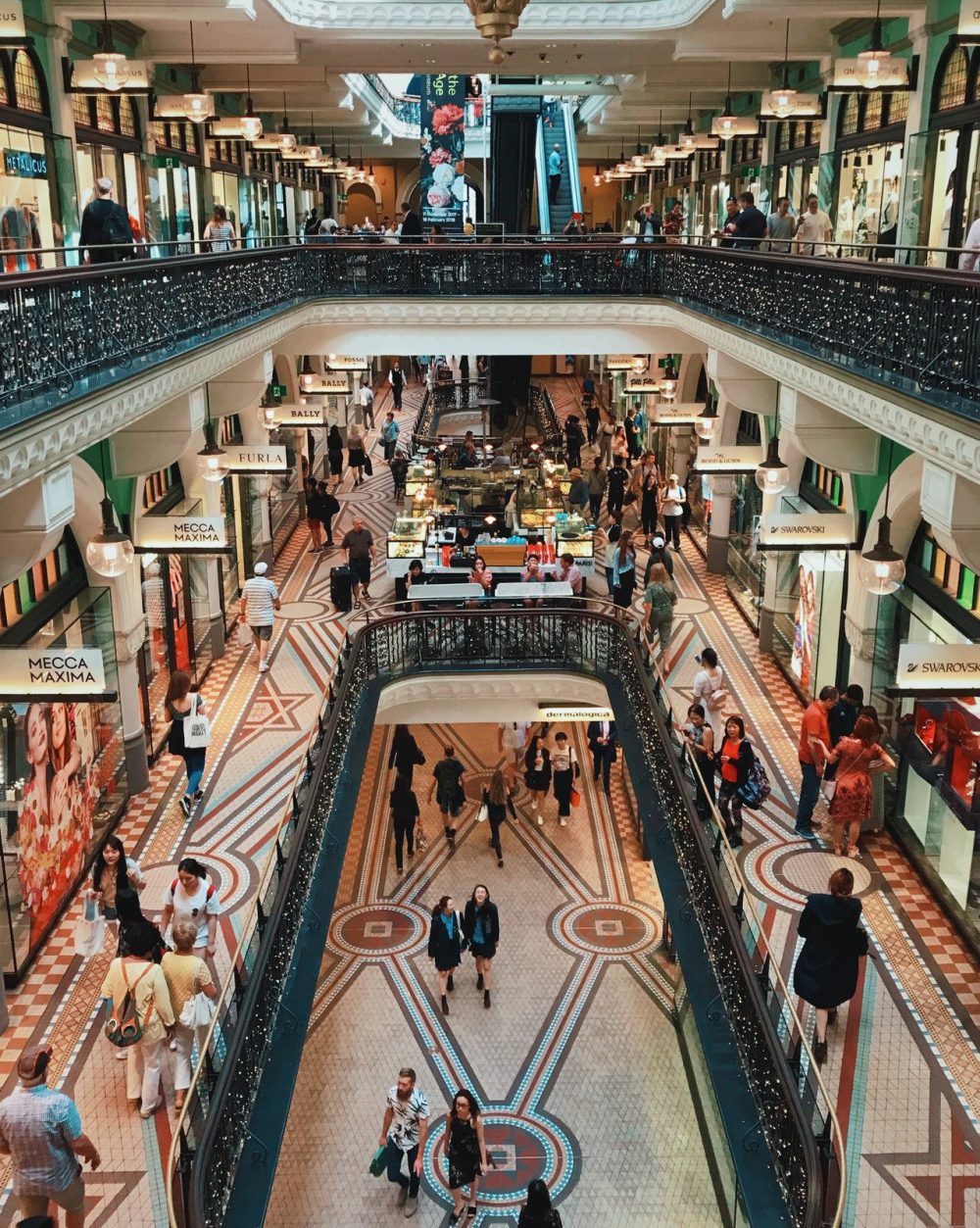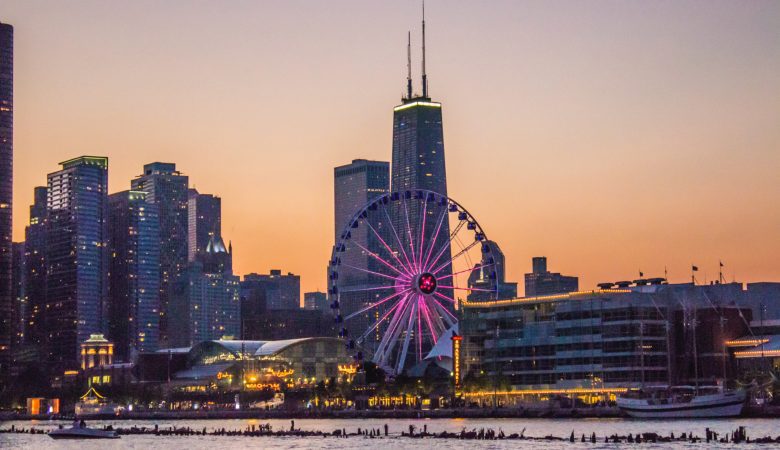The National Mall is more than just a grassy area in the heart of Washington D.C. It’s a symbol of democracy, freedom, and unity that has stood the test of time for over two centuries. From humble beginnings as a grazing ground for sheep to becoming the site of some of history’s most significant events, the National Mall holds a special place in American hearts. In this blog post, we’ll delve into its rich past and present while also looking towards its future. Join us on this journey as we explore one of America’s most beloved landmarks!
The National Mall: A Brief History
The National Mall was originally intended to serve as a grand public space for the people of America’s capital city, Washington D.
C. The idea was first proposed in 1791 by French architect Pierre Charles L’Enfant, who envisioned an open area that would be accessible to all citizens.
Construction on the mall began in earnest in the early 1800s, with many of its most iconic structures being built during this time period. Among these were the Washington Monument and the Lincoln Memorial, both of which remain key landmarks today.
Over time, the National Mall has been used for a variety of purposes ranging from political protests to music festivals. Some notable events include Martin Luther King Jr.’s “I Have a Dream” speech in 1963 and Barack Obama’s historic inauguration ceremony in 2009.
Despite facing some challenges over its long history – including several periods of neglect – the National Mall remains one of America’s most beloved landmarks and continues to draw millions of visitors each year.
The National Mall Today
The National Mall is one of the most visited places in Washington D.
C., and for good reason! Today, it serves as a gathering place for people from all walks of life to come together and celebrate America’s history and culture.
At the heart of the National Mall is the iconic Washington Monument, standing at 555 feet tall. Visitors can take an elevator up to the top for panoramic views of the city. Nearby is also a reflecting pool that stretches over 2,000 feet long, which was famously featured in Martin Luther King Jr.’s “I Have a Dream” speech during the Civil Rights March on Washington.
In addition to these landmarks, there are various museums located along both sides of the mall. The Smithsonian Institution operates many free museums here including: National Museum of American History; National Air & Space Museum; Hirshhorn Museum & Sculpture Garden; and more!
You’ll also find plenty of green space throughout this area where visitors can enjoy picnics or take part in recreational activities like frisbee or soccer games. And if you’re feeling hungry after exploring all day long, be sure to check out some local food trucks that serve delicious cuisine from around America.
The National Mall today offers something for everyone with its rich cultural offerings and beautiful scenery – making it an ideal destination for tourists and locals alike!
The Future of the National Mall
The National Mall has a rich history that spans over two centuries. As the cultural and political heart of Washington D.
C., it remains a popular destination for tourists and locals alike. However, as time passes, so do the needs and interests of society – making it essential to look towards the future.
One major issue facing the National Mall’s future is sustainability. The increased number of visitors each year presents challenges in preserving this historically significant area while still accommodating tourism demands. To address this concern, there are plans underway to reduce waste through improved recycling programs and increasing access to public transportation.
Another aspect being considered is improving accessibility for people with disabilities or limited mobility throughout the park. There are thoughts about adding more wheelchair-friendly walkways, additional specialized tours, audio descriptions for exhibits on mobile devices among other measures.
Technological advancements such as augmented reality experiences might also be used in upcoming projects at the National Mall to create an immersive experience for visitors and provide new ways to learn about its history.
These are just some ideas that could shape what happens next at America’s most iconic public space: The National Mall!
How to Visit the National Mall
So, there you have it – the history of the National Mall from past to present. From its humble beginnings as a grazing pasture for sheep to becoming one of the most iconic landmarks in America, the National Mall has come a long way.
Today, visitors can enjoy all that this historic site has to offer by exploring its many monuments and museums. And with plans underway to expand and renovate some areas of the mall, we can only expect more exciting changes in the future.
If you’re planning a trip to D.
C., visiting the National Mall is an absolute must. To make your visit even better here are some tips:
– Wear comfortable shoes as there is plenty of walking involved.
– Take advantage of free museum admission.
– Bring water and snacks since there aren’t many dining options available on-site.
– Visit early or late in the day when crowds are smaller.
– Consider taking a guided tour to learn about each monument’s historical significance.
Whether you’re interested in history or just want a scenic walk through our nation’s capital, visiting the National Mall is an unforgettable experience that should be on everyone’s bucket list!








